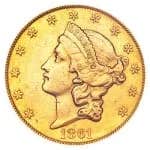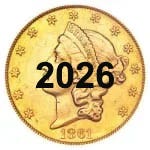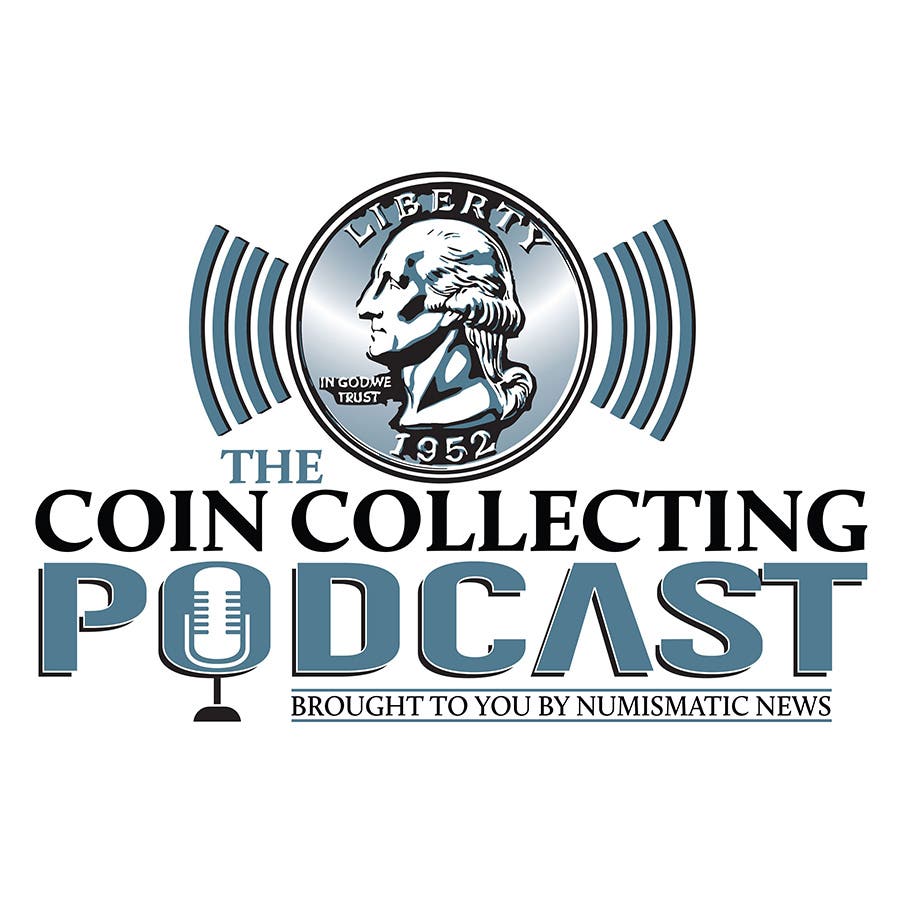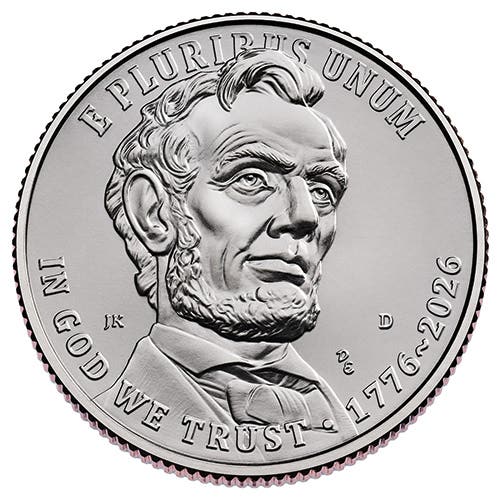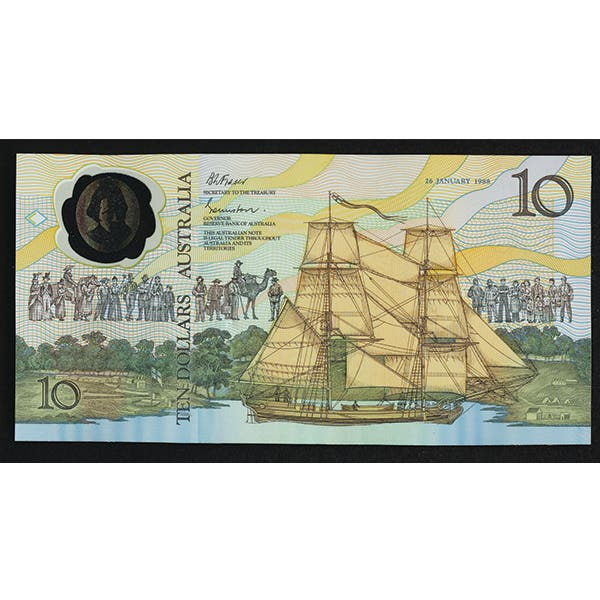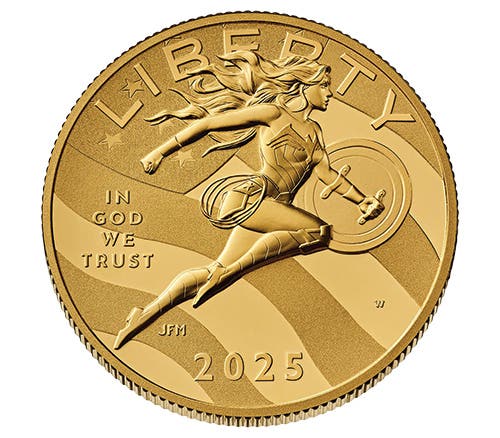Have Your Ever Sold Part of Your Collection?
Selling part of your collection isn’t defeat; it’s smart practice. Learn when and how to sell, avoid estate horror stories, and maximize value with strategy, records, and timing.
Many numismatists have the experience of selling or trading part of their collection. In some instances, the collector might be upgrading a piece and no longer needs a duplicate. Other times, the need for cash flow forced the sale of part or all of a collection.
Liquidating part or all of a numismatic collection is not as simple as withdrawing funds from a financial account. The amount you will be paid depends on when you sell and on the kind of material you have, the manner in which you sell it, and the time it might take to finally be paid, such as when something is consigned to sell in a future auction.
I know many collectors who regularly sell or trade parts of their collections as their focus shifts over time. I also know many numismatists who brag that they still have every piece that has gone into their collection.
Almost every collector has one or more pieces that are duplicates or are no longer part of their collecting focus. If you have never sold or traded one or more items in your collection, I recommend that you consider doing so. There is a good reason to go through this experience.
Thus far, everybody dies someday. Medical science may be extending lifespans, but we are all facing a time when we expire. That means that whoever handles your estate will face the task of deciding how to liquidate or distribute your collection to heirs. Invariably, whoever has this task has less information about your holdings than you do. They are less informed about the current markets and have less knowledge about how to evaluate and liquidate a collection to realize a maximum price or distribute the items to heirs in a fair manner.
You may bring in an outside party to help handle an estate collection, but they usually want some compensation for this service. Also, whoever is brought in to assist may or may not be knowledgeable about the items and how to best sell or distribute them.
Let me give you a story involving one of my customers several years ago. He came in with a Massachusetts colonial note that turned out to be so scarce that none had appeared in auction for over 40 years. It was in poor condition. After doing the research, we explained that if he wanted to sell the piece, on the basis of limited market information, we would pay him $3,000. He asked if there might be any way he could receive $5,000? We said it might be possible if it were put into an auction, where it would get attention.
Shortly after this discussion, I was talking with a dealer friend who worked for one of the major numismatic auction houses. He became excited, telling me that his firm had an upcoming auction in a few months that featured an extensive collection of Massachusetts colonial notes. However, it did not include this particular note. He was willing to offer a much more generous payment formula to the seller if he would consign this rarity. I called the owner and explained that consigning this note to this particular company’s specific auction would probably realize the maximum value. The customer agreed to do so. As a result of placing this note into the right auction, six months later, the seller received more than $5,800. The seller was so happy with the result that he recorded a testimonial radio commercial endorsing our company.
There are many horror stories of collections sold by those handling estates for prices far less than could have been realized if it had been handled by a more knowledgeable and ethical person. That is why it is important that, if you have never had the experience of selling or trading one or more pieces in your collection, you do so in order to gain insight into the best way to handle the collection in your estate.
Further, this would also give you an incentive to prepare a comprehensive inventory of your holdings and to better prepare the people who would have the responsibility of dividing or liquidating your collection. By attending to what would be involved with handling your collection in your estate, you will take some stress off your family and will help them take care of the sale or distribution in a way that is for their maximum benefit.
Last column’s numismatic trivia question.
Last time I asked—What was a major reason for the 1807 change in the reverse design of the U.S. Half Dollar? When Charles Thomson, secretary of the Continental Congress, wrote a 1782 description of the symbolism of the Great Seal of the United States, he did not discuss the significance of the direction that the eagle’s head would be turned. If a coin or other use of the Great Seal included an eagle with arrows in one talon and an olive branch in the other, an eagle’s head turned toward the arrows would signify a belligerent attitude, whereas an eagle’s head turned toward the olive branch would indicate a desire for peace. The Heraldic Eagle reverse on the U.S. Bust Dollar struck from 1798-1804, the U.S. Bust Half Dollar struck from 1801-1807, and the U.S. Bust Quarter struck from 1804-1807 all featured the eagle’s head turned toward the talon holding the arrows. Some foreign nations considered this design a symbol of intended military action. One reason for changing the reverse design of the half dollar partway through 1807 was to turn the eagle’s head toward the olive branch. When the quarter resumed production in 1815 and the dollar was again struck in the 1830s, all subsequent U.S. coins that depicted an eagle clutching arrows and an olive branch in its talons have the eagle’s head turned toward the olive branch.
This week’s trivia question
Here is this week’s question. Why are some private and territorial gold issues more commonly available to collectors than pieces struck by other operators? Come back next week for the answer.
Patrick A. Heller was honored as a 2019 FUN Numismatic Ambassador. He is also the recipient of the American Numismatic Association 2018 Glenn Smedley Memorial Service Award, the 2017 Exemplary Service Award, the 2012 Harry Forman National Dealer of the Year Award, and the 2008 Presidential Award. Over the years, he has also been honored by the Numismatic Literary Guild, Professional Numismatists Guild, National Coin & Bullion Association, and the Michigan State Numismatic Society. He is the communications officer of Liberty Coin Service in Lansing, Michigan, and writes “Liberty’s Outlook,” a monthly newsletter on rare coins and precious metals subjects. He now volunteers with the National Coin & Bullion Association as its Industry Issues Advisor. Past newsletter issues can be viewed at www.libertycoinservice.com. Some of his radio commentaries, "Things You ‘Know’ That Just Aren’t So,” and “Important News You Need To Know,” can be heard at 8:45 a.m. Wednesday and Friday mornings on 1320-AM WILS in Lansing (which streams live and becomes part of the audio archives posted at www.1320wils.com).
You may also like:

